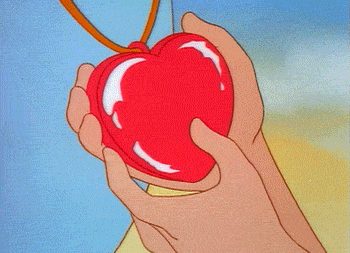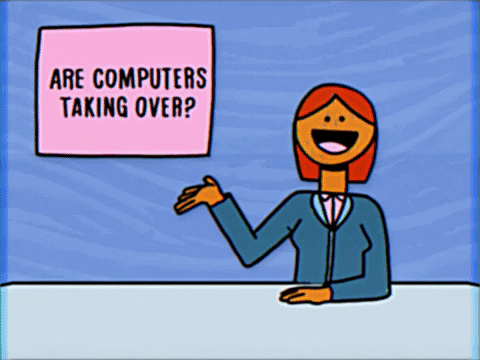How do you relate to your struggles?
Is it hard for you to ask for help OR could this a product of individualism?
Are you dealing with ‘body dysmorphia’ and unable to accept the body you’re in OR has diet culture been so engrained in this society and these messages profit off your hate on your body?
Is it just ‘depression’ OR have you been socialized to be and show up in a certain way that isn’t aligned with how you are doing?
Is the DEI agenda not working from the organization you're at OR has 'DEI' been taken over by white fragility and there isn't enough safety for you to call it out?
Is it that you are dealing with a creative block and perfectionist tendencies with your art OR are you stuck in an oppressive system where your creativity isn’t seen and has been extracted for profit/capitalist gain?
In therapy, I often question with folks the ways we relate and narrate our struggles:
where we have learned to take on the ways we carry burdens through guilt, shame, anxiety, fears and grief.
Here's a question for you (pulled from the book, The Pain We Carry: Healing from Complex PTSD for People of Color):
How much of your struggles are from personal burden and what percentage of this weight is coming from collective, cultural or family legacy burden?
The Floating Perspective, popularized by Guo Xi (郭熙), a Chinese painter from the Song dynasty, is the type of perspective commonly seen in historical Chinese art with sceneries where there is not a single view of a subject, but rather several shown at the same time, shifting from near to far vignettes.
I wanted to bring this creative way of relating our what we go through into art as therapy and I have an art prompt for you! This will be in our next blog post, so please stay tuned!
˚ ༘♡ ⋆。˚














